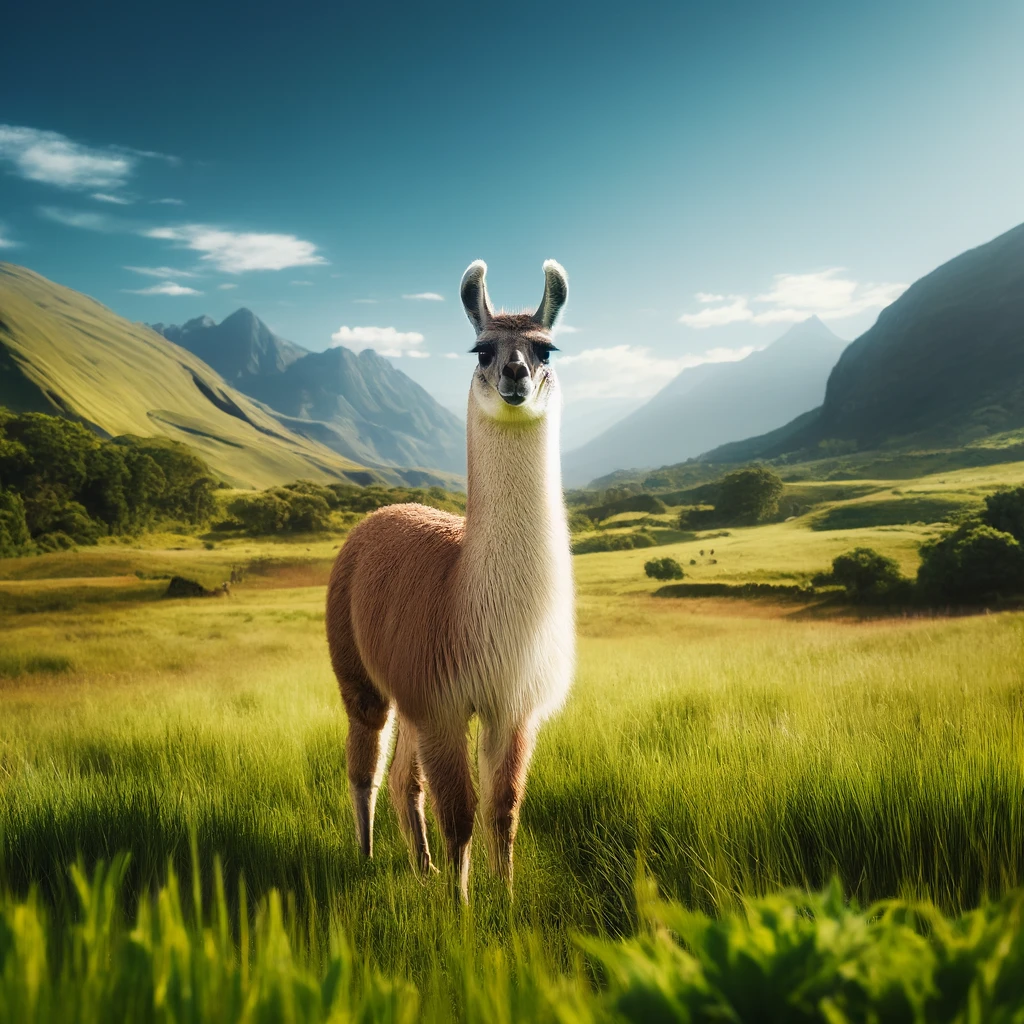Llamas are fascinating animals known for their gentle nature and usefulness in a variety of industries. Whether you’re a farmer, an animal enthusiast, or someone interested in sustainable agriculture, learning about llamas can be both educational and beneficial. This article will provide a comprehensive overview of llamas, including their characteristics, uses, care, and importance in different sectors.
What Are Llamas?
Llamas (Lama glama) are domesticated mammals native to the mountainous regions of South America, particularly in countries like Peru, Bolivia, and Chile. They belong to the camelid family, making them relatives of camels, alpacas, and vicuñas. Llamas have been domesticated for thousands of years and have played an essential role in the lives of indigenous people in the Andes for transportation and as sources of wool.
Key Characteristics of Llamas
Llamas are medium-sized animals, generally weighing between 280 and 450 pounds, with a lifespan that can reach up to 20 years or more. Their sturdy bodies are well-adapted to harsh environments, particularly the cold and rough terrains of the Andes Mountains. They have long necks, large eyes, and a thick coat of wool that can vary in color, including white, brown, black, and shades in between.
Llamas are also known for their calm and gentle personalities, which make them excellent pack animals and companions for humans. However, they can be protective and will use spitting as a defense mechanism when they feel threatened or irritated.
The Role of Llamas in Agriculture
Llamas are incredibly versatile animals with several uses in agriculture. Traditionally, they have been used as pack animals due to their strength and ability to carry heavy loads over long distances. Farmers in mountainous regions still use llamas to transport goods, especially in areas that are inaccessible to vehicles.
Apart from their utility as pack animals, llamas are also valuable for their wool. Llama wool is lightweight, warm, and hypoallergenic, making it highly desirable for textiles. Their wool can be spun into yarn to create blankets, rugs, clothing, and other handmade goods.
In modern agriculture, llamas are often used as guard animals to protect livestock such as sheep and goats from predators like coyotes. Their protective instincts, combined with their large size, make them an effective deterrent against potential threats.
Llamas as Companion Animals

Llamas have gained popularity as companion animals in recent years. Their gentle nature, intelligence, and ease of care make them ideal pets for those with enough land to accommodate their needs. Llamas are social animals that prefer the company of other llamas or similar livestock, so it’s important to house them in pairs or groups.
One of the benefits of owning llamas is their relatively low maintenance. They require a basic diet of hay, grass, and clean water, along with routine veterinary care to monitor their health. Llamas do not need shoes or regular grooming like other farm animals, and their feeding habits can help control weed growth in pastures.
The Benefits of Llama Wool
One of the most prized features of llamas is their wool. Llama wool is known for being lightweight, warm, and water-resistant. It’s also soft and durable, making it perfect for creating high-quality textiles. Unlike sheep wool, llama wool does not contain lanolin, which makes it hypoallergenic and ideal for people with wool sensitivities.
Llama wool comes in various natural colors, including white, brown, gray, and black, which means it often doesn’t require dying. The fleece can be shorn annually, providing a renewable source of income for farmers and artisans alike.
Llamas in Sustainable Farming Practices
In recent years, llamas have become an important part of sustainable farming practices. Because they are gentle grazers, llamas do not cause as much damage to pastures as some other livestock, such as cows or horses. Their efficient digestive systems also mean that they produce less methane, contributing to lower greenhouse gas emissions compared to other farm animals.
Llamas can also help with the natural fertilization of soil. Their manure is rich in nutrients and can be used as fertilizer without being composted, making it an excellent addition to sustainable agriculture practices.
How to Care for Llamas

Caring for llamas is relatively straightforward, though it requires some specific considerations. Llamas need adequate space to roam, so it’s essential to provide a large, fenced pasture for them to graze. Their diet mainly consists of grass, hay, and grains, but they should also have access to fresh water at all times.
Veterinary care for llamas is similar to that of other livestock. They require vaccinations, parasite control, and regular checkups to ensure they stay healthy. Llamas are generally hardy animals, but they can be prone to certain health issues like parasites and foot problems, so maintaining their living environment and diet is crucial.
Conclusion
Llamas are unique animals with a long history of being useful to humans, both in ancient times and in modern farming and agriculture. Their gentle nature, versatility, and sustainability make them ideal for a range of uses, from pack animals to wool producers and even companion animals.
For those interested in sustainable farming, llamas offer numerous benefits. They help maintain healthy pastures, provide valuable wool, and protect livestock, all while requiring minimal care. Understanding llamas and their role in agriculture can open up new opportunities for farmers and animal enthusiasts alike.
By learning more about these remarkable creatures, you can appreciate their value and the many ways they contribute to both traditional and modern farming practices.








